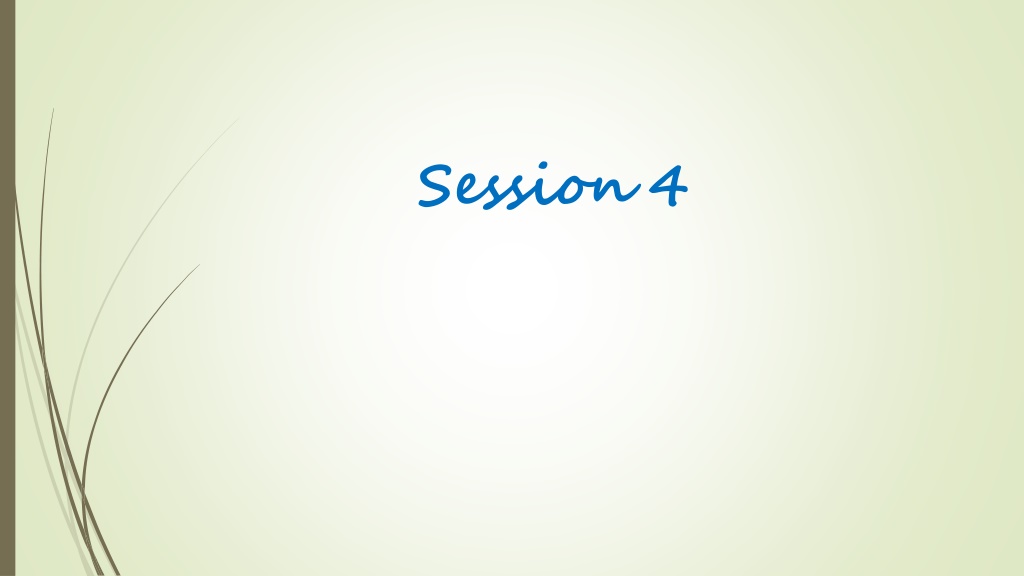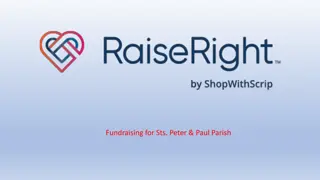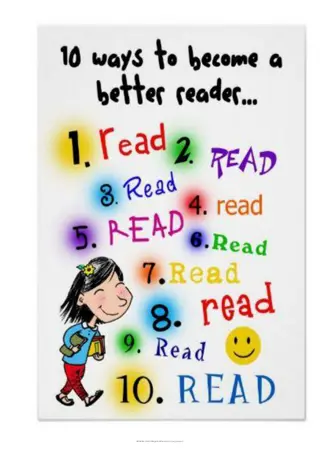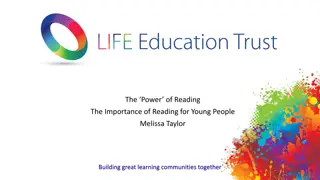Unconventional Medical Treatment Journey in Botswana
Shah shares his unconventional medical treatment journey in Botswana where he encounters leech therapy for an infected ankle wound. Despite the discomfort, he learns to relax and appreciate the traditional healing methods offered by Ntemisidang. The narrative unfolds with a mix of humor and gratitude before Shah finally reaches a hospital for proper treatment, reflecting on the unique experiences encountered during his travels.
Download Presentation

Please find below an Image/Link to download the presentation.
The content on the website is provided AS IS for your information and personal use only. It may not be sold, licensed, or shared on other websites without obtaining consent from the author. Download presentation by click this link. If you encounter any issues during the download, it is possible that the publisher has removed the file from their server.
E N D
Presentation Transcript
Unit 7 What s Your Medicine ?
Vocabulary Review: Write the words from the box next to their definitions. Not all of the words will be used. antibiotic blood patient relax swelling bandage flow popular saliva veins ____________________ 1. An area on your body that is larger than usual because of injury ____________________ 2. The liquid in your mouth ____________________ 3. Tubes that bring blood back to the heart from the rest of the body ____________________ 4. When a liquid moves slowly from one place to another ____________________ 5. Someone who is getting medical treatment ____________________6. To feel calm and not be excited ____________________ 7. Medicine that kills bacteria or infections ____________________ 8. A wrap used to protect a swollen body part
GROSS MEDICINE By Shetal Shah gross: very unpleasant to look at or think about
GROSS MEDICINE By Shetal Shah he had to take the pus out of the ankle before I could bicycle to the city the next day to get some antibiotics. 6. Ntemisidang smiled to help me relax. He put a wet cloth on my forehead and opened a small metal box. Inside this dirty little box were the leeches. 7. I put my head back and watched the stars. I tried to think of other things. But I felt something cool on my skin. Ntemisidang put the leeches gently around the cut on my ankle. Suddenly, I felt them bite, and then I didn t feel anything. 8. Ntemisidang tried to make me laugh and forget about what was happening on my ankle. He wasn t funny, but I laughed. 9. An hour later, my ankle was bandaged and Ntemisidang was smiling, I was smiling too. I thanked him for helping me, and we said goodbye. Two days later, after riding 240 kilimeters to the next city, I found a hospital. As the doctor was giving me a shot of antibiotics, I was thinking, I sure don t like shots, but at least they aren t as gross as leeches! 1. I was trying to lie still and close my eyes. But I had to look. 2. They looked brown like chocolates. In fact, they were dark-green. But these chocolates were leeches. They were sucking the pus from my ankle. They were looking for blood. 3. This happened to me last summer when I rode my bicycle across Botswana, Africa. One day, I fell off my bike and got a small cut on my ankle. I forgot to wash the cut or put a bandage on it. 4. Three days later, I couldn t put on my shoe because my foot was so swollen. The pain in my ankle was terrible. And it was moving up my leg. I needed to find a doctor fast. But in Botswana, near the Kalahari Desert, a trip to the hospital looked like this: one day by car, three days by bicycle, or six days by donkey. This is when I met Ntemisidang and the leeches. 5. Ntemisidang was a traditional doctor from a village four kilometers away. He look at the cut. He pushed on it carefully. Then he put his hand on my forehead and nodded his head. Yes, I had a fever. He said 1. Shah was travelling through _____ when he fell off his bike. A. a village 2. Shah s ankle was swollen because _____ . A. the leeches bit him 3. Shah needed a hospital. He couldn t get to one soon because _____ . A. he didn t have a donkey 4. Ntemisidang tried to make Shah laugh. He ____ . A. was nervous 5. The leeches helped Shah because they _____ . A. cured him by healing the infection in his ankle B. took away the swelling so he could bike to the hospital B. Botswana C. the mountains B. the rode his bicycle too fast C. he cut his ankle and didn t wash or bandage it. B. it would take too long on his bicycle C. his car was too slow. B. wanted Shah think he was funny C. wanted Shah to stop thinking about the leeches C. made him relax
1. Wikipedia __________ . A. was created by a team of computer scientists. B. began as a business idea. C. became popular as soon as it started. D. started as one man s passion. 2. Articles in Wikipedia are __________ A. mostly about science. C. translated into 200 languages. D. very interesting. 3. Wikipedia remains accurate as much as possible because __________ A. all people who write for it are experts. B. it has a special type of software programme. C. there are people who monitor it for mistakes. D. not everybody can change the information. 4. The best advantage of Wikipedia is that __________ A. you don t have to pay for it. B. everyone can use it. C. it is created by ordinary people. D. is quick and reliable. 5. The text probably comes from __________ . A. a leaflet B. a speech C. a scientific article D. a magazine article Wikipedia is an encyclopedia that is available on the Internet and what people love about it is that it can be edited by absolutely everybody. When and how did it start? It was founded in 2001 by a guy called Jimmy Wales. It started as a fancy idea, a kind of a hobby and everybody is surprised how popular it has become and how many computer scientists it has attracted. It has got a collection of about 1.8 million articles, the majority of which are in English; however, one can find some articles in over 200 languages. If it was a business, it would earn lots of money. How is it possible that articles that can be changed by anyone are correct? The Wikipedia is based on wikis - a special software which lets every- one modify a webpage and it is true that anyone can change the infor- mation on the page if they think it s incorrect. But, the Wikipedia has a team of over 13,000 people who are experts in different fields and who correct any inaccurate information sent by people. Is it error-free? One may say so. Recently, for example, the British journal Nature looked at the scientific information in Wikipedia and confirmed it was very reliable and that they didn t find many errors. It was very good news for the founder as well as for all the users. Why is it becoming so popular? Like the whole idea of the Internet, it s also quick and available to eve- ryone. The greatest thing of all is that it is free. Some people also stress that it s fun to be able to add what you know to the information on the net. IT specialists believe it has a very bright future and most claim it s the most brilliant invention ever. B. mostly in English.























